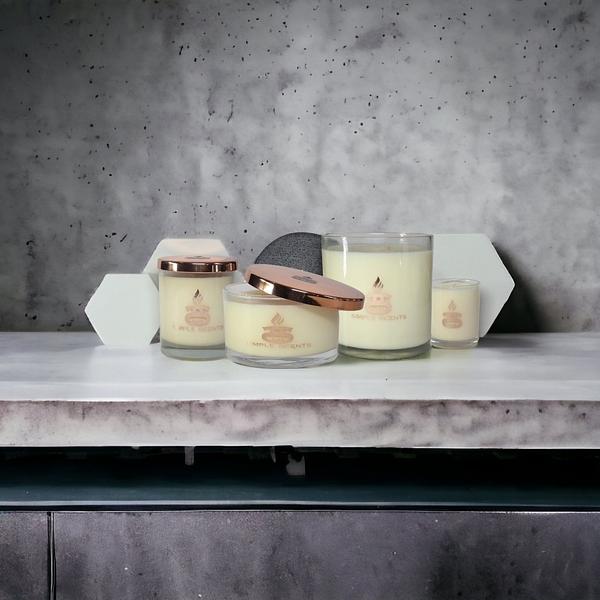
How Is Soy Wax Made?
Share
Soy wax is a plant-based wax derived from soybeans. After gathering, the soybeans are washed, split, de-hulled, and made into flakes. The oil is then removed and processed from the grains. Most unsaturated fats in the oil are converted to saturate during the hydrogenation stage. This procedure drastically lowers the oil's melting range, causing it to solidify at ambient temperature. Agricultural products are typically made from discarded bean shells.
Since this wax is made from soy protein, it may also include non-soy components. Extraction or industrial crushing are used to extract the oil from the solid structure of soybeans. This unprocessed oil will be processed and cleaned. To make 10 kg of soy, 60 kilograms of beans are needed. Once the oil has been extracted, the soy grains are utilised for cattle feed. Soybean oil is modified to render it even more rigid (to generate wax).
How is soy wax prepared?
Soy wax is made by converting soybean oil into a product using a complicated procedure known as hydrogenation. This is a technical term for the process by which scientists convert a fluid fat into a hard wax. This description involves some freedoms, but the most significant aspect of hydrogenation originates from bean oil.
Other ingredients of soy wax
The hydrogenation process of soybeans alone produces paraffin with a low melting stage and a squishy feel. This sort of 100 per cent soy wax is good for box candles but not tower soy wax candles. To make quality wax for candle holders, more materials like wax or acids must be included. Most soy wax candle retailers refer to their tower hot wax as "blended wax," rather than "soy wax." Soy candles frequently contain fragrances and pigments. Commonly flavoured soy waxes can include up to ten per cent aroma oil, which is easily mixable with luxury soy candle wax. In fragrant soy wax, pigments are frequently used, such as green dye in apple-flavoured wax or violet dye in blueberry-flavoured wax.

Performance
Despite its higher density, soy wax is often lighter than paraffin. Soy wax candles have a thicker structure, making it harder for filaments to disperse the fragrance without becoming too huge. This results in poor scent production. When all other factors are held constant, soy wax has a lower hot throw than paraffin.
Soy wax candles have a good cold throw, which is one of its advantages. Mostly soy is challenging to colour since the colours are frequently muted, and blemishes like icing ruin an otherwise strong image.
Chemistry
Soy's typical melting point is around 124 degrees Fahrenheit. For instance, paraffin has a melting range of 131 degrees Fahrenheit. Soy is preferable for vessels because of its lower melting points, but it is not as robust or solid for programs that demand heat resilience. Considering some common business practices, it's best to warm the waxes up to 185°F before any of the processes with them.
Benefits of soy wax
The best thing about soy is that it is fully recyclable. Although world oil stocks are depleting and paraffin costs are increasing, the sole constraint to soy production is just the maximum we can cultivate. Soy which users currently purchase, is mostly planted just under a year ago. And there's a good chance that the very same region is producing more soy for subsequent candles.
An adequately produced soy wax candle will flame neatly and gradually, often to the consumers' pleasure, offering an addition to being environmentally friendly. Although soy candles' efficiency and elegance testify for themselves, scented soy candle is an advertiser's ideal. Anyone can promote soy candles as environmentally, recyclable, ecological, and carbon-neutral.
Click here to check out our latest candle collection.





